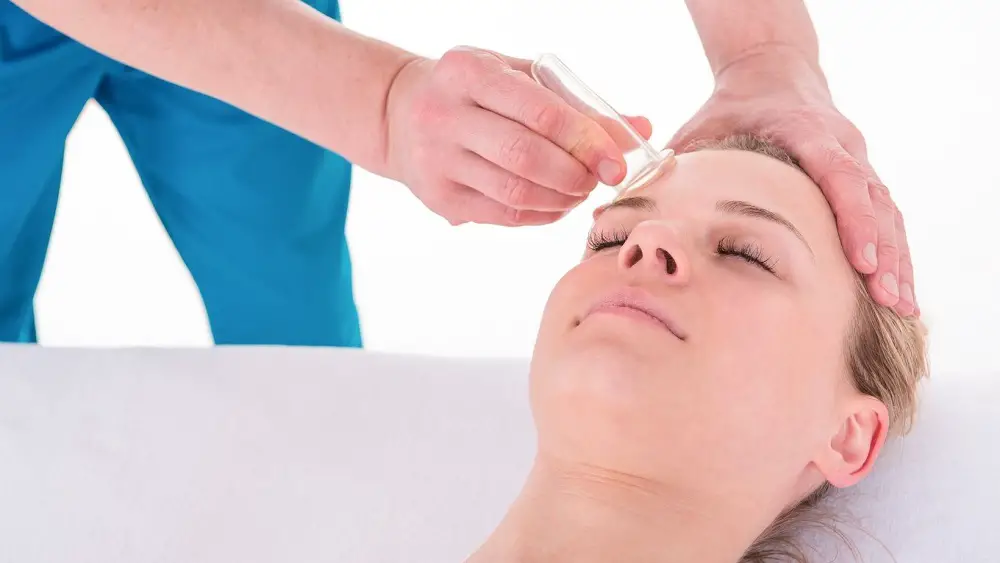Acupressure, known for its effectiveness in managing various health issues, can be a valuable tool for those suffering from labyrinthitis. This article focuses on the pressure point for labyrinthitis, offering practical advice for relief. For readers interested in a broader understanding of acupressure’s role in treating vertigo, we recommend our comprehensive guide on acupressure points for vertigo.
Where is the Pressure Points for Labyrinthitis
Dr. Gene Wei identifies several key acupressure points effective in treating labyrinthitis-related vertigo:
- TE17 (Yifeng): Located behind the earlobe.
- GB20 (Fengchi): At the base of the skull.
- GB12 (Wangu): Behind the ear, on the mastoid process.
- GB2 (Tinghui): In front of the ear canal.
- SI19 (Tinggong): Near the ear, in a depression when the mouth is open.
- LU7 (Lieque): On the forearm, near the wrist.
- TE3 (Zhongzhu): Between the fourth and fifth fingers on the back of the hand.
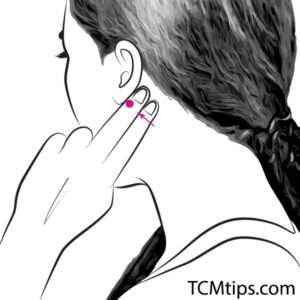
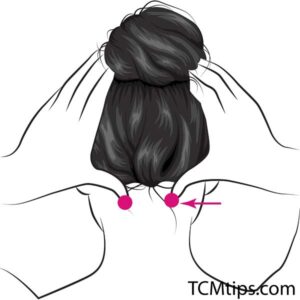
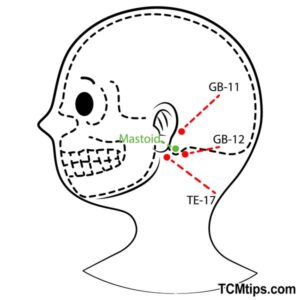
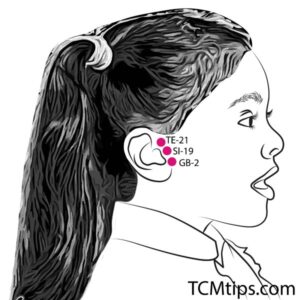
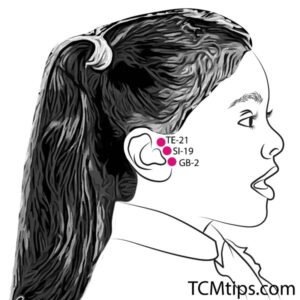
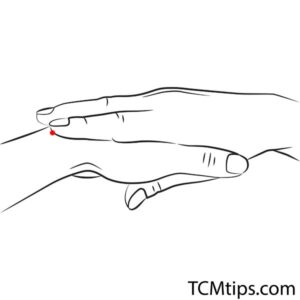
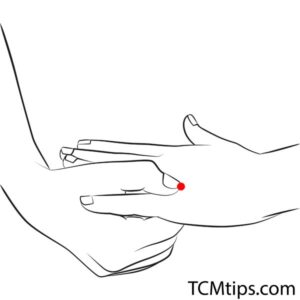
How to Use These Points
To effectively use these points for labyrinthitis relief:
- Consult a Doctor: Ensure your symptoms are related to labyrinthitis, not a more severe condition.
- Safe Environment: To prevent injury if you lose balance, practice in a safe area.
- Apply Pressure: Use firm pressure on each point. It should be somewhat painful but not overly so.
- Duration and Repetition: Push and rub each point firmly for 10-15 seconds, then relax for about 30 seconds. Move to the next point and repeat. Go through all the points, repeating the sequence 2 or 3 times.
Tips and Precautions
- Medical Confirmation: Confirm that your symptoms are indeed labyrinthitis.
- Safety First: Ensure you’re in a secure environment.
- Listen to Your Body: Acupressure should not cause extreme pain. If it does, stop and consult a professional.
- Regular Practice: Consistency is critical for the best results.
By incorporating these acupressure techniques into your routine, you can address labyrinthitis effectively and naturally, enhancing your overall well-being and balance.

Try our Anti-Aging Gua Sha Tool designed to bring out your skin’s natural glow.
Best Gua Sha Product- Anti-Aging: The tool is designed to target 11 specific aging signs such as wrinkles and sagging skin. By following the 7-step routine, users can improve skin firmness and reduce fine lines naturally.
- Enhances Skincare Routine: It works effectively with serums and lotions, boosting absorption and efficacy of skincare products.
- Visible Skin Improvement: Users can expect a smoother complexion, reduced puffiness, and a more youthful appearance.
 P. Sze
P. Sze 


